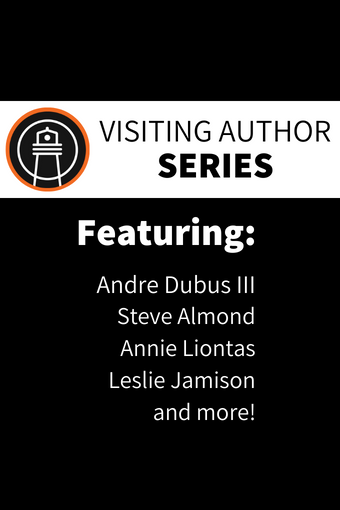
What I learned in the embarrassingly long thirteen years it took me to write my debut novel, Ghost Horse (Gival Press, 2014), which inhabits the point of view of an eleven-year-old boy, is that learning to master a child’s point of view in fiction implies learning a lot about how fiction works in general.
 What can a writer learn about point of view in fiction, and fiction in general, by writing from a child’s perspective? The obvious answer may be a sort of guilelessness, a world painted in bright primary colors – clear, simple, unambiguous, implying a moral universe that is black and white, as well.
What can a writer learn about point of view in fiction, and fiction in general, by writing from a child’s perspective? The obvious answer may be a sort of guilelessness, a world painted in bright primary colors – clear, simple, unambiguous, implying a moral universe that is black and white, as well.
But in fact, the world of the child in fiction is often fraught with ambiguity. The easy answers are for the adults. Writing from the point of view of a child is a balancing act, as well, between naiveté and mastery.
This is why learning to write from a child’s perspective is such a necessary skill. Not only because many of us find in childhood the source of our richest material, the questions that continue to animate our writing, but because it demands of the writer such rigorous honesty. There is no hiding behind abstraction; a child’s perspective is the purest exercise of the dictum of showing rather than telling.
And yet, without an adult sensibility guiding and arranging it, this perspective can lose itself in the web of its own meaning, and become obscure.
In Writing Through the Eyes of a Child we’ll study how writers such as William Faulkner, James Joyce, Raymond Carver, Julie Orringer, Alice Munro, and Stuart Dybek construct children’s points of view in their work, and write exercises which imitate the different approaches each piece takes, from close up to more filtered through an adult voice, immediate to more distant in time from childhood, and discuss implications that each choice in constructing point of view has for narratives as a whole. We will then expand one or more of our exercises into stories, which we will read and workshop on day two of the course.
In studying the choices that each writer makes, we will learn not only about the construction of point of view through first, second, or third person; psychic distance (how close or distant the reader is from the point of view character); point of narration (the moment in time from which the story is narrated); and tone – but we will also consider, and explore through the stories that we will write in day two of the course, how these choices shape our stories’ narrative possibilities. We will learn that writing through the eyes of a child requires a balance between childlike naiveté and adult craft; it takes cunning to make this alien experience relevant to adult readers without losing the authenticity of that experience.
This is the balancing act that all of us face as writers – how to shape experience without falsifying it, how to bring a sense of lived reality to the page without becoming obscure. The fictional world of children, perhaps because it recalls to us a place once familiar and alien, is one where these contrasts are writ large.
Thomas H. McNeely's One Weekend Intensive: Writing Through the Eyes of a Child starts June 6. It's part of Lighthouse's annual Lit Fest. Register today.
Thomas H. McNeely's first book, Ghost Horse, winner of the Gival Press Novel Award, was published in October 2014 to great critical acclaim. His short fiction has appeared in The Atlantic, Ploughshares, The Virginia Quarterly Review, and elsewhere. He has received fellowships from the Wallace Stegner Program in Creative Writing at Stanford University, the National Endowment for the Arts, and the MacDowell Colony.

